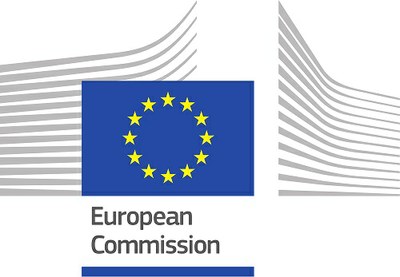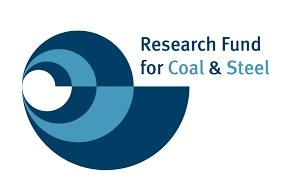Objectives
The aim Crash&Tough is to develop high crash resistant steel solutions based on 3rd generation of AHSS, through investigating the effect of the microstructural constituents on the crack initiation and propagation resistance of TRIP-assisted steels to optimize their microstructures for high crashworthiness. The project will end up with the required knowledge to develop 3rd Gen AHSS optimized for crash together with new crash FE models. It is expected totrigger the applicability of TRIP-aided steels in crash resistance parts to achieve weight savings of about 20% at affordable costs. The technical objectives are:
- Obtain a profound knowledge about microstructural effects on crashworthiness (through addressing crack nucleation and propagation):The microstructural optimization of TRIP-assisted steels in terms of crashworthiness requires a deep knowledge about the role of each microstructural constituent on the fracture toughness (it correlates well with crashworthiness, Fig. 1.6). The interaction between microstructure and crack nucleation and propagation resistance will be thoroughly assessed. Special attention will be paid to the matrix and RA characteristics, as well as the TRIP effect contribution to fracture resistance. The gathered knowledge will contribute to a better understanding of the effect of microstructure on crashworthiness in AHSS.
- Characterize crash behaviour for different TRIP-assisted steel microstructures: Bending and fracture mechanics lab tests and axial and bending impact tests will be used to characterize the crash behaviour. It has been stated that fracture toughness and fracture strain in plane strain tension correlates with crash resistance obtained in axial and bending impact tests. In this sense, the Crash&Tough results will be used to further confirm such correlation for the studied 3rd Gen AHSS. Positive results will allow pointing out such lab scale tests as affordable, reliable and low-time consuming test methodology to estimate crash behaviour.
- Develop improved FE models to predict crash behaviour:Fracture properties measured in the frame of fracture mechanics are energy-based properties and can be considered as intrinsic material properties. Then failure models based on such properties might better reproduce the crash behaviour than currently used failure criteria and improve crash simulation accuracy. Accordingly, an energetic failure criterion based on fracture mechanics will be obtained and implemented in FE models.
- Validate the results in high crashworthiness automotive parts: Project results will be validated in demonstrators of automotive parts. They will be tested to ensure the reliability of the laboratory methodology to predict crashworthiness and the accuracy of the proposed FE models.



